Chinese architecture reviewer
1/105
There's no tags or description
Looks like no tags are added yet.
Name | Mastery | Learn | Test | Matching | Spaced |
|---|
No study sessions yet.
106 Terms
great desert of Central Asia and one of the largest sandy deserts in the world. The Takla Makan occupies the central part of the Tarim Basin in the Uygur Autonomous Region of Xinjiang, western China.
Takla Makan Desert,
The Yellow Emperor
China’s first emperor (Qin Dynasty) Ruled using philosophy of Legalism
SHIHUANGDI / HUANG DI
Known as chang cheng (long wall) of Shihuangdi
THE GREAT WALL OF CHINA
Founded by Han FeiTzu Believed in strict, clear and powerful, authoritarian government. Favored severe punishments, and believed everyone should take responsibility for obeying the law. Political dissent was a high crime punishable by death.
LEGALISM
Benevolence, showing humanity, mercy and kindness;
rén
Justness, to be righteous ;
yì
Rituals, custom and law, to be polite;
lǐ
Wisdom, to be knowledgeable and well educated;
zhì
Royalty, faithful,reliable, accountable, responsible, creditable.
xìn
the most revered sacred scripture in the Confucian tradition
The Lunyu (Analects)
The most important is the emphasis on ____________, in particular the construction of a heavy platform and a large roof that floats over this base, with the vertical walls not as well emphasized.
the horizontal axis
This contrasts Western architecture, which tends to grow in height and depth. Chinese architecture stresses the visual impact of the __________________.
width of the buildings
Emphasis on _______________, which connotes a sense of grandeur; this applies to everything from palaces to farmhouses.
articulation and symmetry
The principle underlying ____________ is to create enduring flow and also to emulate nature.
the garden's composition
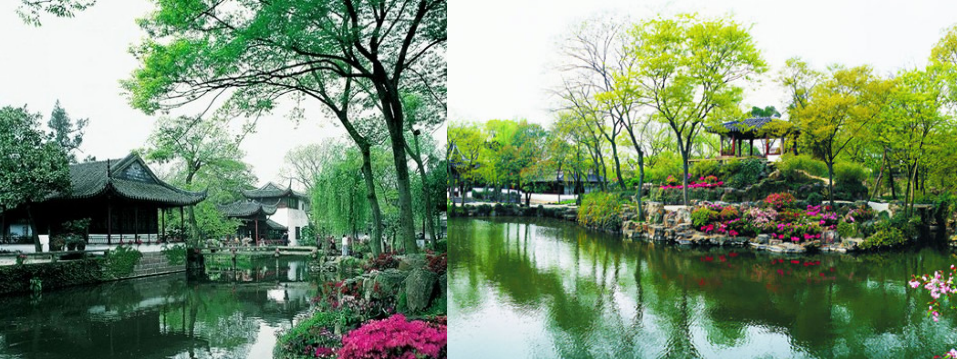
one of the finest gardens in China.
ZHUOZHENG GARDEN
Chinese buildings may be built with either red or gray bricks, but ________________ are the most common; these are more capable of withstanding earthquakes, but are vulnerable to fire.
wooden structures
The roof of a typical Chinese building is _________;
curved
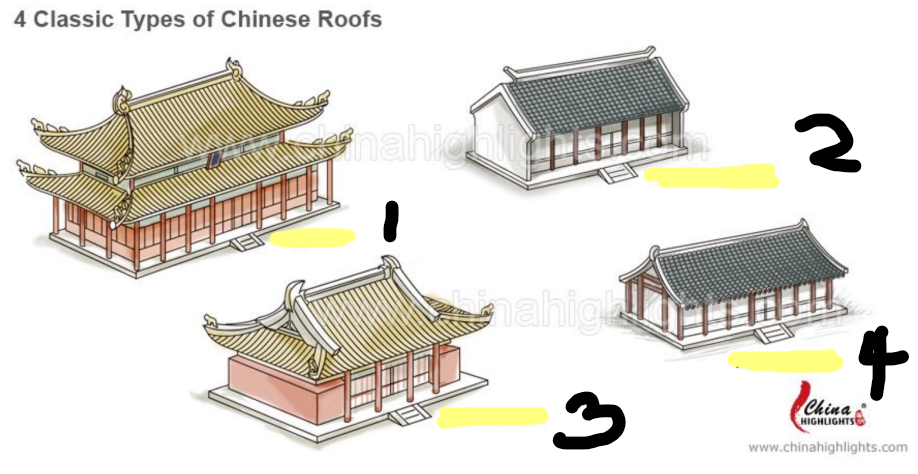
1
hip roof

2
hanging hill roof

3
xie shan roof

4
hard hill roof
joy, good, wealth, bright, summer, south
red
Emperor, earth, middle and china
yellow
Algid, Ill immortality
blue
death,darkness,glory,winter,north
black
mourning, bad luck, age, autum, west
white
misfortune
brown
cheap, dull
grey
glory, royal, wisdom, perfection
gold
life, vitality, spring, east
green
The imperial yellow glaze is reserved for the emperor
The Hall of Supreme Harmony
a new Chinese character was created, ___, which means Buddhist tower or pagoda.
ta
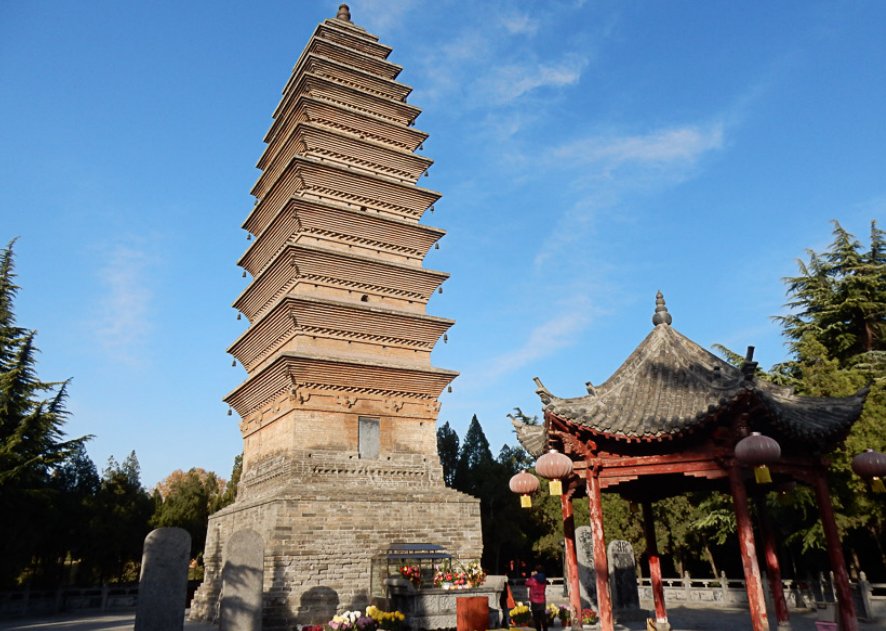
Pagoda at White Horse Temple

literally Six Harmonies Pagoda of Hangzhou, China, built in 1165 AD during the Song Dynasty.
LIUHE PAGODA
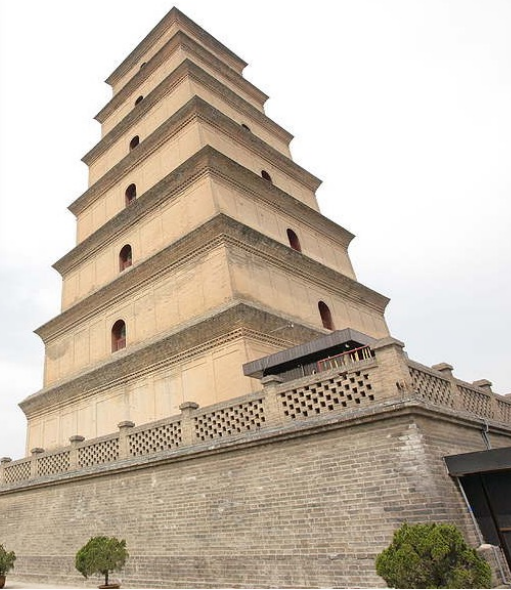
Giant Wild Goose Pagoda
A typical pagoda has four (4) major architectural components:
underground palace ¤ base ¤ body ¤ steeple
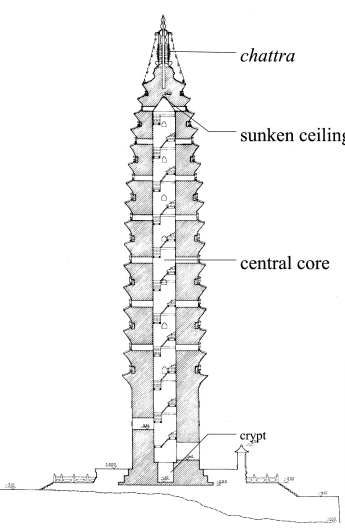

was built first to enshrine the holy relics and any other precious items.
underground palace
was originally a simple, relatively low element that served to support the structure of the pagoda.
base
was built in many different styles and materials.
body of the pagoda
(Multistory buildings)means any building of two or more floors with a horizontal main ridge
lou
(terraces)an elevated terrace with a flat top
tai
(Chinese pavilions)were made either of wood, stone or bamboo. These were built in any shape such as hexagon, square, triangle, octagon etc. All pavilions had columns but did not have any walls.
ting
(Two-story pavilions)same as Lou means building of two or more storeys. The Ge had door and windows on the front side with the other three sides being walls. Two storeys pavilions were usually decorated with boards all around.
ge
(Chinese pagodas)
ta
(Domed or coffered ceiling)
zaojing
(Verandas with windows)
xuan
(Pavilions or houses on terraces)
xie
(Rooms along roofed corridors)
wu
(interlocking wooden brackets, used in clusters to support roofs)
dougong
An important feature in Chinese architecture is its _____, which signifies balance.
emphasis on articulation and bilateral symmetry
Chinese gardens are a notable exception which tends to be ______.
asymmetrical
These enclosed spaces come in two forms:
the open courtyard (院) and the "sky well" (天井).
(Chinese house compound), which consists of an empty space surrounded by buildings connected with one another either directly or through verandas.
Siheyuan
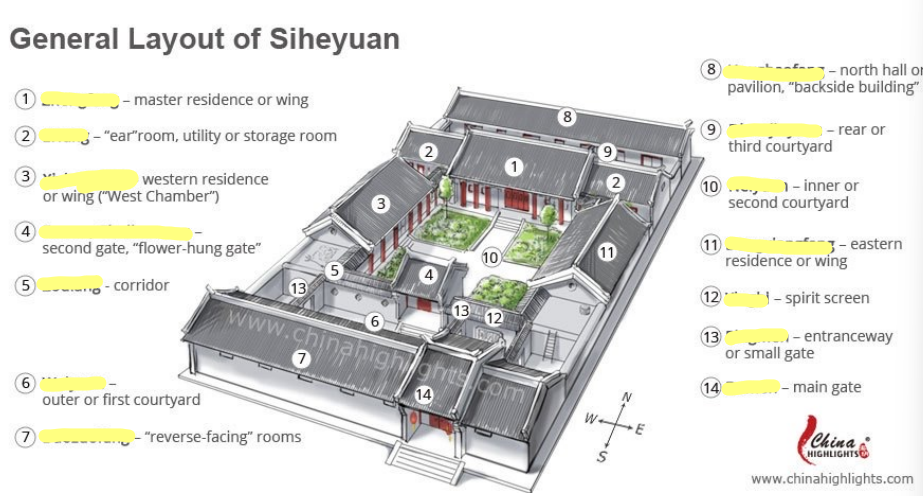
Master residence or wing
zhengfang

2.ear room, utility or storage
erfang

western residence or wing
xixiangfang

second gate, flower hung gate
ermen, chuihuamen

5.corridor
zoulang

outer or first courtyard
waiyuan

reverse facing rooms
daozuofang

north hall or pavilion, backside building
houzhaofang

rear or third courtyard
disanjinyuan

inner or second courtyard
neiyuan

eastern residence or wing
dongxiangfang

spirit screen
yingbi

entrance way or small gate
pingmen

main gate
damen
Classical Chinese buildings, especially those of the wealthy are built with an _________, with close heavy platform and a large roof that floats over this base, with the vertical walls not well emphasized.
emphasis on breadth and less on height
_____________ of course does not apply to pagodas, which are and limited to religious building complexes.
Horizontal emphasis
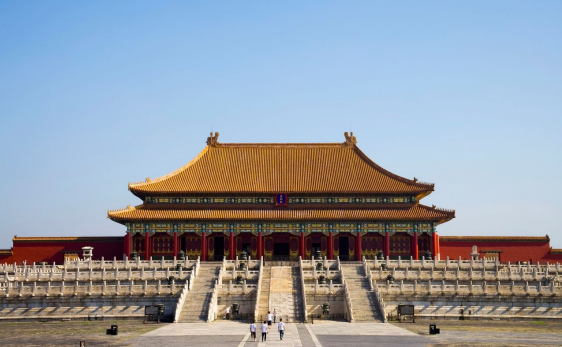
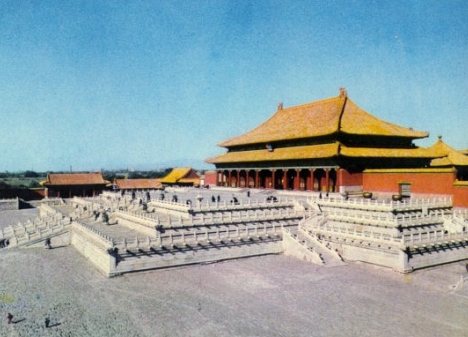
HALL OF THE SUPREME HARMONY
work of tie beams and cross beams, from Li Jie's building manual Yingzao Fashi, printed in 1103.
Mortise and tenon
usually large trimmed logs, are used as load-bearing columns and lateral beams for framing buildings and supporting the roofs.
Wooden timber
Using _______ numbers of columns
even
produce _______ numbers of bays
odd
_______ to delineate rooms or enclose a building
curtain walls or door panels
_______ are almost omnipresent in traditional Chinese architecture.
gabled roofs
(horse-head walls
Matouqiang
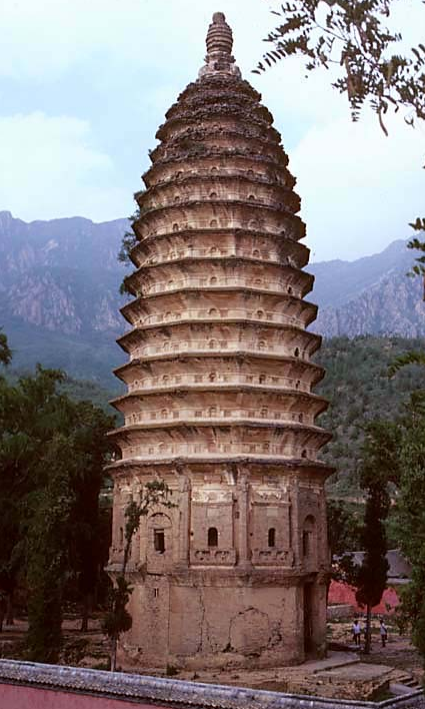
oldest extant pagoda in China
SONGYUE PAGODA
uses bright colors, painting detailed scenes, roof tiles, roof guardians, and many marble fence posts.Power is shown by space not height
The Ming dynasty
was considered to be the center of the world.
Forbidden City
The _______ was to be at the center of the cosmos, so the main axis of the city is North-South.
Emperor
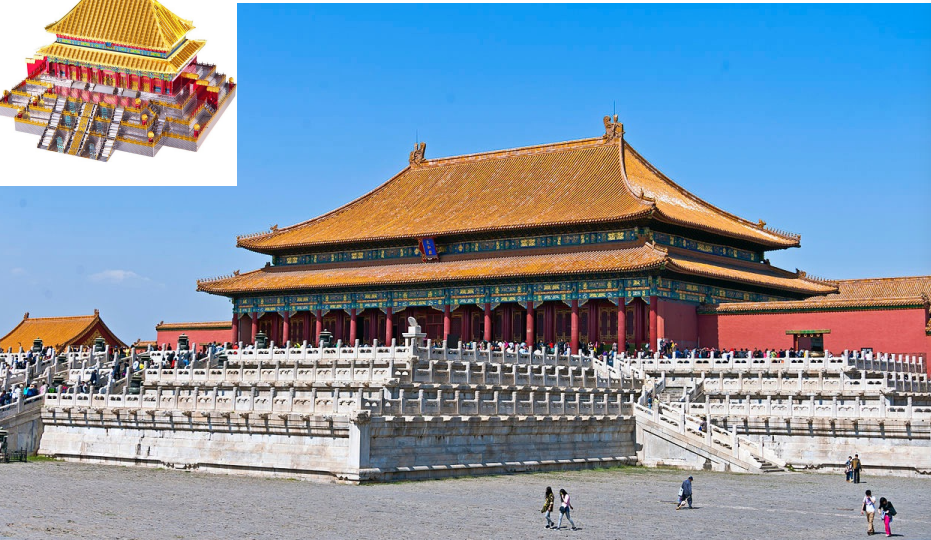
The ____ at the center of the city is where the Emperor held audiences. After entering the city you passed through several halls and courtyards on your way to this audience. It was meant to make you feel small.
Hall of Supreme Harmony
The most important and largest structure in the Forbidden City, and was once the tallest building in the capital. It was used for state occasions, such as the emperor’s birthday, coronations and the nomination of military leaders.
Hall of Supreme Harmony
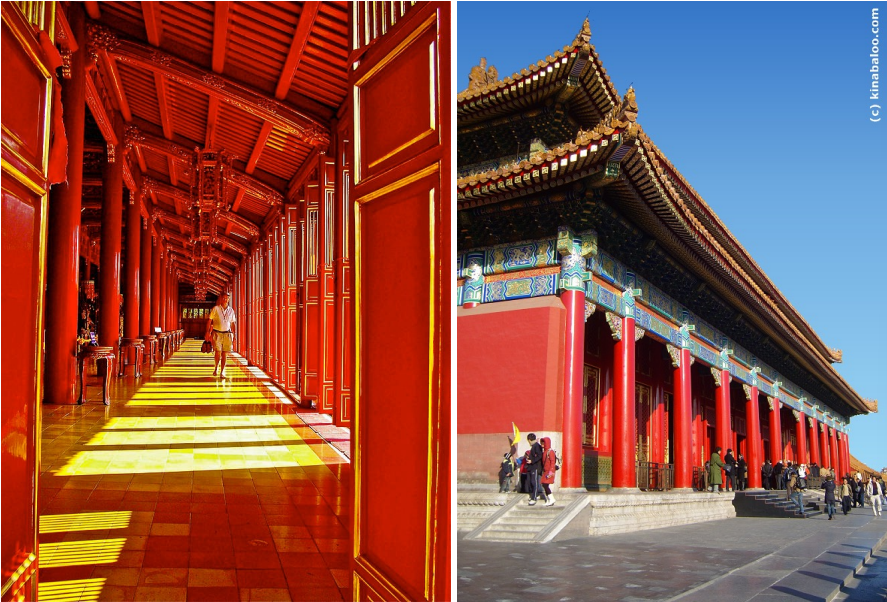

Hall of Supreme Harmony (Front Hall)
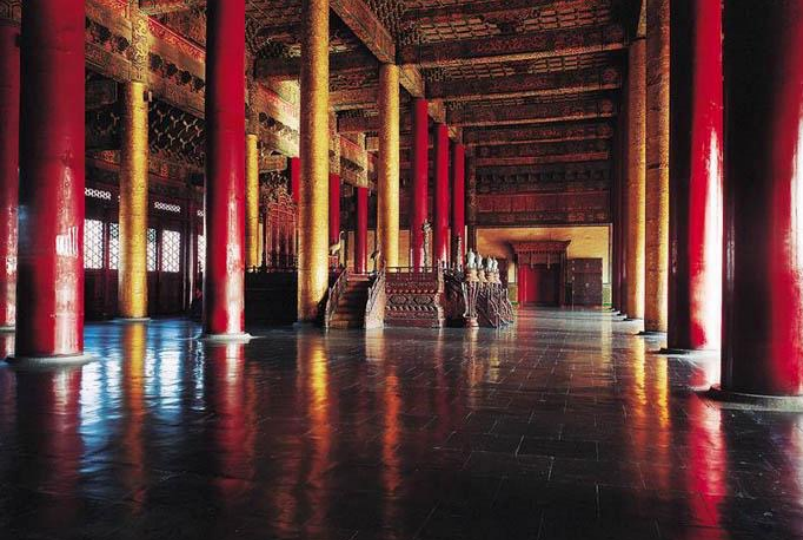
Inside the Hall of Supreme Harmony is a richly decorated Dragon Throne (龙椅; Lóngyǐ), from which the emperor would preside over trembling officials.
Dragon Throne
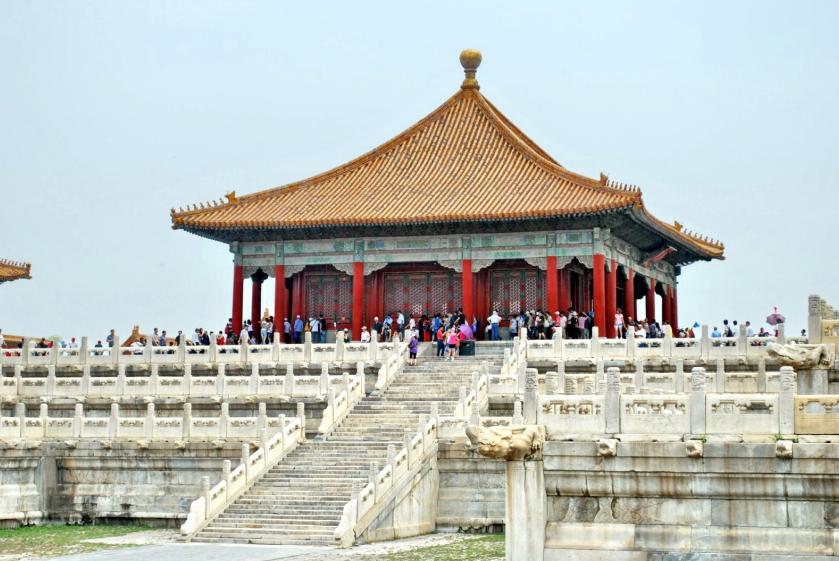
which was used as the emperor’s transit lounge. Here he would make last-minute preparations, rehearse speeches and receive ministers.
Hall of Central Harmony
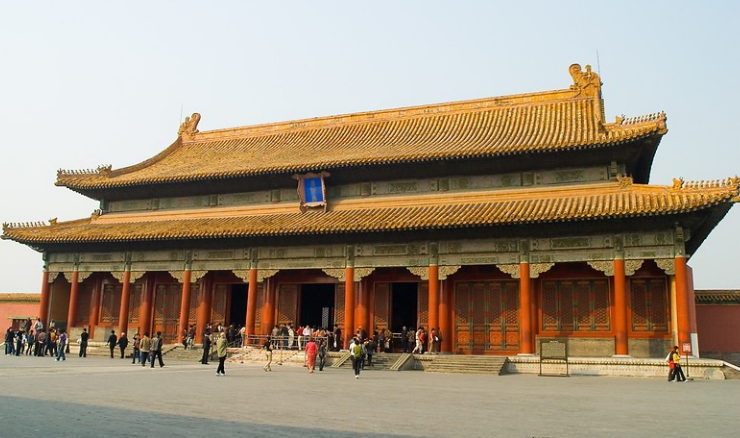
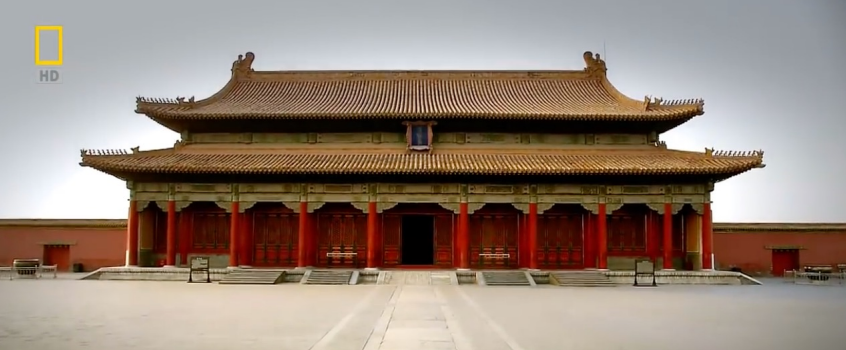
used for banquets and later for imperial examinations.
Hall of Preserving Harmony
THREE GREAT HALLS
Hall of the Supreme Harmony, Hall of Central Harmony, Hall of the Preserving Harmony
From this view of the Forbidden City you can see the _________ and the way that Feng Shui was used to design it.
North-South axis
It must have a mountain at the back so they built an artificial one called _________. It was surrounded by a moat which was the necessary water feature for an auspicious location.
Coal Hill
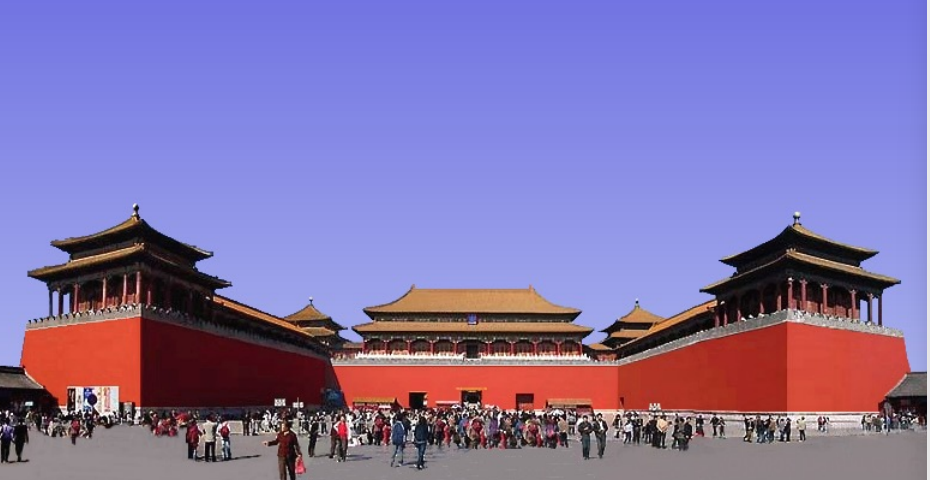
This is the grandest of all the palace gates. It is nearly 38m high. This marks the beginning of the palace complex.
MERIDIAN GATE
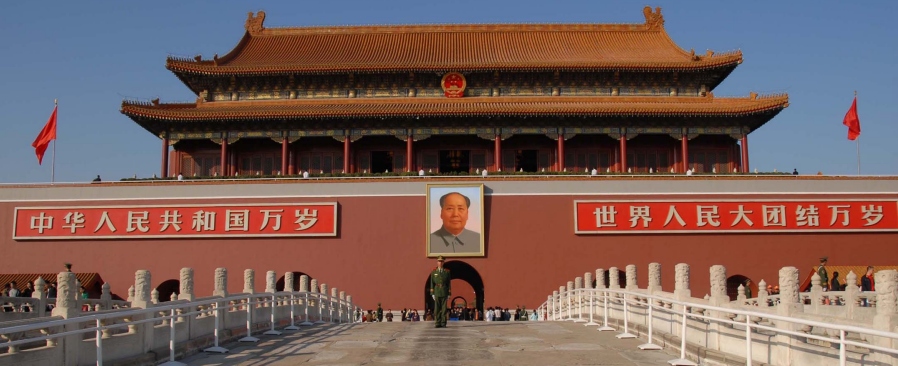
It was from here that Mao proclaimed the founding of the People’s Republic of China in 1949.
Gate of Heavenly Peace
represents the Emperor
dragon
represents the Empress.
phoenix
____ was reserved only for the Imperial family.
Yellow roof tiles
Prince(ss) can only use
green roof tiles
Ordinary people use
grey roof tiles
________ is a lucky number in China so the Emperor will have __ roof guardians the color of a roof reflects the social status of the people living inside.
9
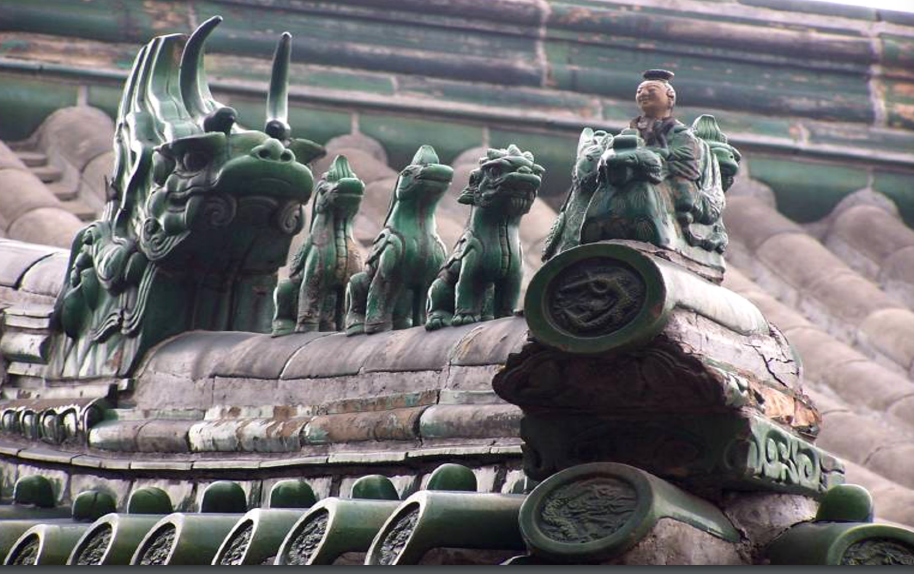
Roof Guardians